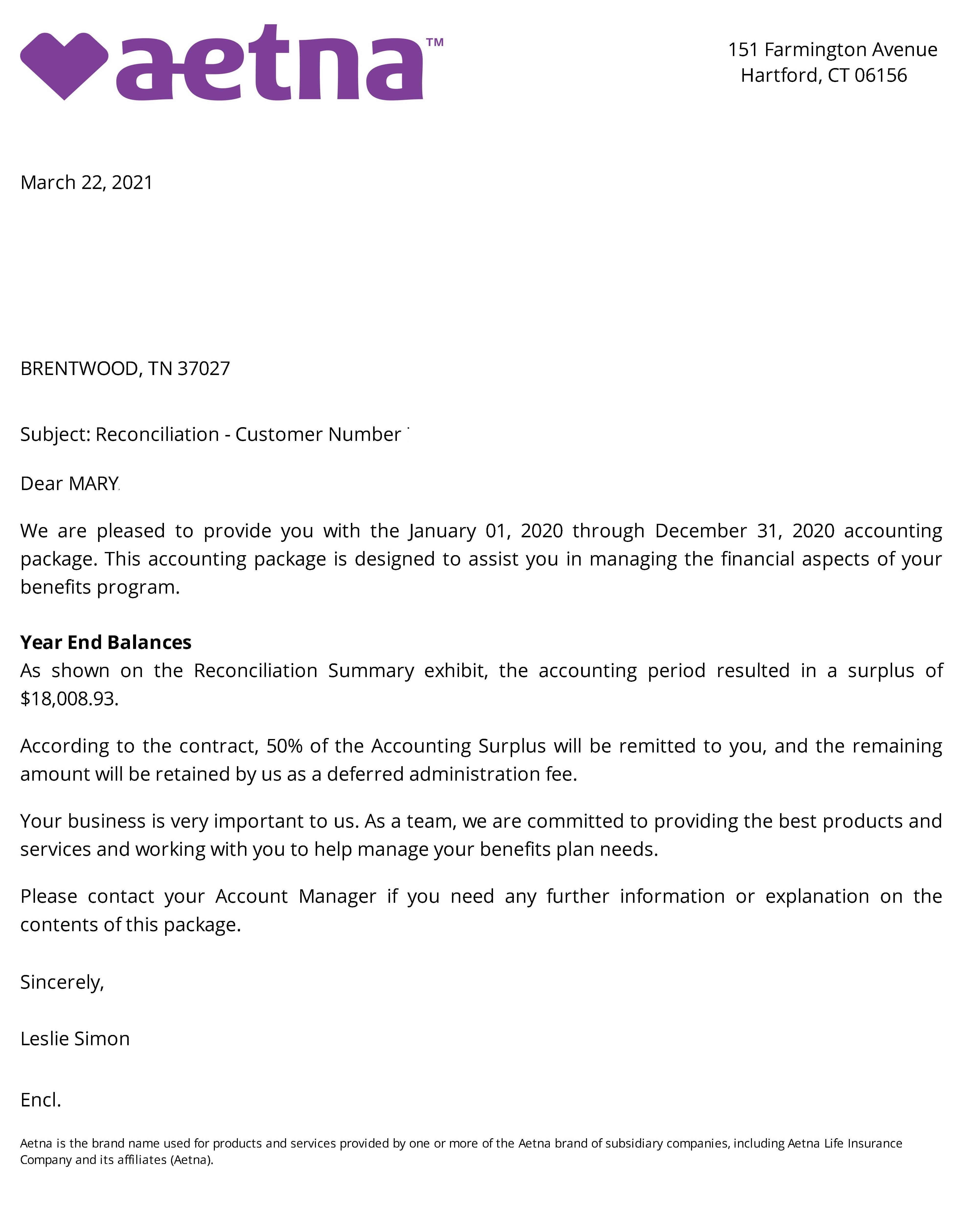If you don’t have access to an employer group plan, then you have 4 options for health insurance coverage.
- Healthcare.gov, either on or off the exchange.
- Christian Health Share type plan.
- No coverage at all.
- Individual health plan or Short-Term Plans.
Healthcare.gov
Healthcare.gov will be your best option if you can qualify for a subsidy. This means the government is paying some or most of your premium, leaving you with a very manageable monthly payment. You will also be best served by a plan from healthcare.gov if you have significant pre-existing conditions that you need to be covered.
Christian Health Share Type Plan
I’ve talked to many folks that have opted for a medical share type arrangement. What draws people to this type of plan is the lower premium and easy enrollment. These plans have no doubt helped many people with medical expenses, but they are not actually health insurance. One of the most important aspects of having health insurance is that you have an annual out of pocket max that you will spend for covered expenses. Not so with share plans. Also, with an insurance policy, you are protected to some degree by surprise medical billing by being part of the insurance company network. With share plans, you have no such network pricing to rely on, so you are left to negotiate on your own. While these plans may be a fine supplement, I just wouldn’t feel comfortable with my own family being covered this way, so I certainly wouldn’t recommend it to yours.
Going Commando
Going without coverage is always an option, but with medical billing so open ended and secret in nature, no insurance is a recipe for bankruptcy if you end up in the hospital or require care for a chronic, serious condition.
Short Term Plans
If you don’t qualify for a subsidy on healthcare.gov and are generally healthy, an individual plan will be an affordable option. These plans cover the important things such as injuries or illness, hospitalizations and emergency room visits. All care is subject to a deductible, but that’s the case with most plans these days. And now you can lock in coverage for up to three years, so short-term plans are not quite so short any longer. These plans can be 60% less or more than coverage without a subsidy on healthcare.gov.


